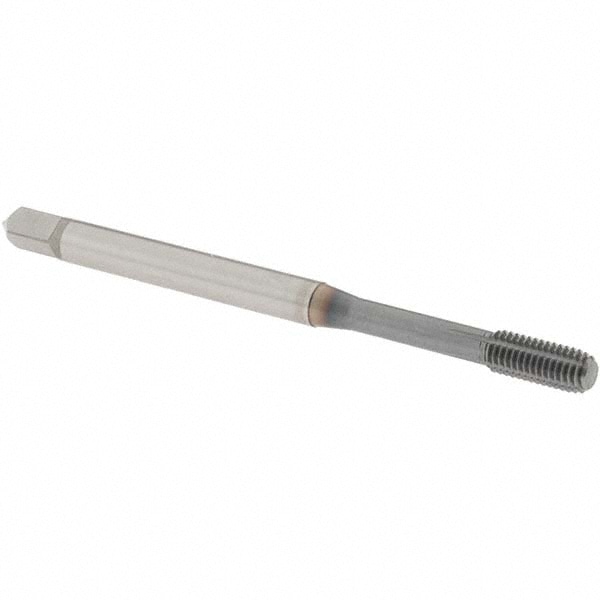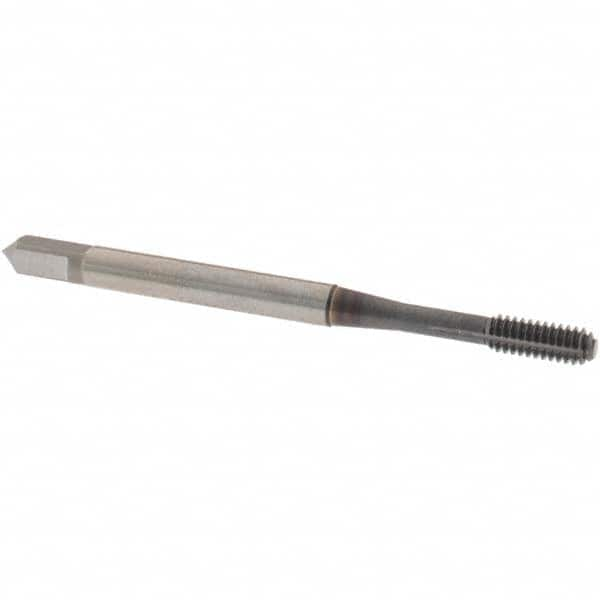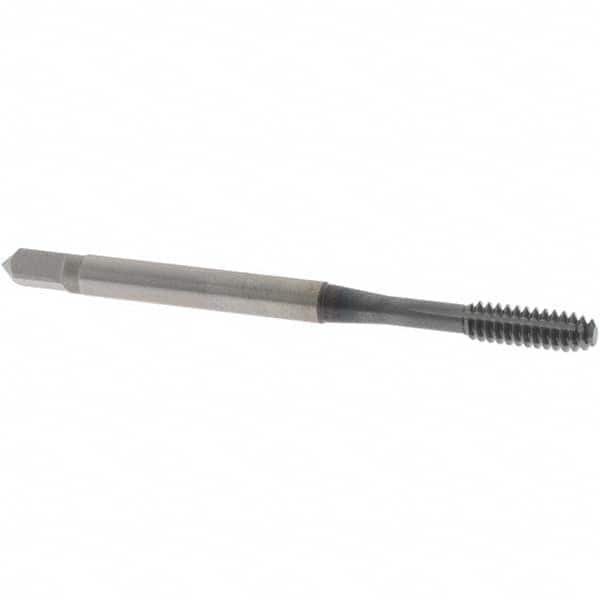

#Thread forming taps for aluminum free#
A 38-to-42-degree spiral: This degree works well with materials that form relatively tight chips, such as free machining stainless steel or medium to high carbon steels.
#Thread forming taps for aluminum for free#

Spiral flute taps mitigate this issue by evacuating the chips efficiently. If you use a thread tap that pushes chips into the bottom of a blind hole, you could risk breaking or damaging the tap when you reach the bottom. This structure helps to guide chips upwards and away from the tap site, which is especially helpful when tapping a blind hole. As the name suggests, a spiral flute tap utilizes channels that spiral around the tap body in a helical form. Spiral flute taps differ from straight flute taps due to their flute construction. It can transition from a machine to a tap wrench depending on your needs.It is well suited for materials like cast iron that create short chips.Its one-size-fits-all nature may decrease the number of tools you need.Some of the strengths of a straight flute or hand tap include: In addition, this tap type works well with through holes or blind holes. A straight flute or hand tap can be used with a machine or powered by hand, which gives it increased versatility. This thread tap gets its name from the four straight channels that run along the body to handle chips. With these considerations in mind, let’s examine some common tap types, as well as their uses and benefits.Ī straight flute or hand tap is one of the most basic taps available. The direction your tap pushes a certain kind of chip can either work for or against your tapping process. When combined with certain taps, some materials form short chips, and others create spiraled chips.

The way the material forms chips is also important. For example, a material’s hardness may warrant a stronger carbide tap rather than standard steel. Material: The materials used in tapping will make a difference in the type of thread tap you choose.These fluting types can be valuable, depending on whether you’re tapping a blind or through hole. Different flute types allow taps to either push chips ahead of the tool or draw them up and away from the tool. Fluting needs: Many thread taps have channels - known as flutes - cut into the body to guide chips away from the tapping site.The shape of your thread tap will need to accommodate the hole type to prevent breakage. Blind holes extend to a specific depth without breaking through the other side of a material, whereas through holes breach the other side. Hole type: Your CNC tapping capabilities will depend on whether the hole you’re threading is a blind or through hole.Different taps may be appropriate depending on some of the following project specifications: Types of Thread Taps Used in CNC MachiningĪ thread tap’s construction can provide advantages depending on your project. Let’s take a look at common thread taps you’ll want to consider. The right tap choice can help prevent frustrating tap breakage that may set you back on a component you’ve already poured hours into. Understanding each tap’s capabilities can help you narrow down what may work best in each situation. There are several different types of thread taps to accommodate your CNC machining needs. This concept is simple, but choosing a thread tap can be complex. Thread taps create the female portion of a pair of metal fasteners, which prepares a material to be used with a male component like bolts or screws.

Though engineers and machinists utilize thread taps for a wide range of applications, their purpose is fairly standard. Open and Closed Cell Sponge Rubber Die Cutting.


 0 kommentar(er)
0 kommentar(er)
